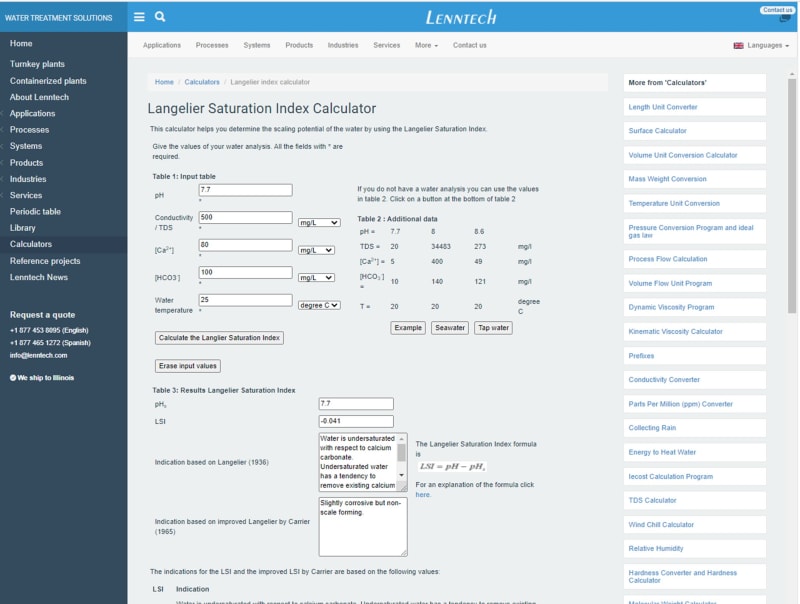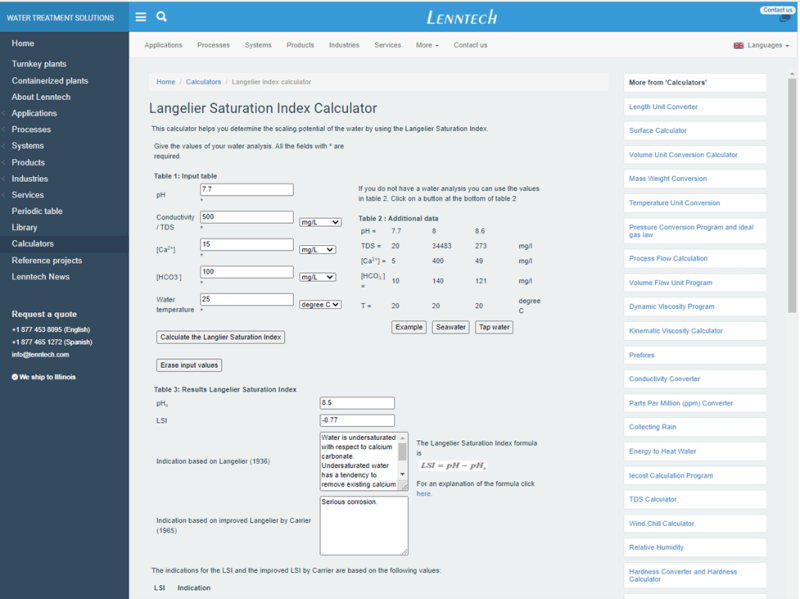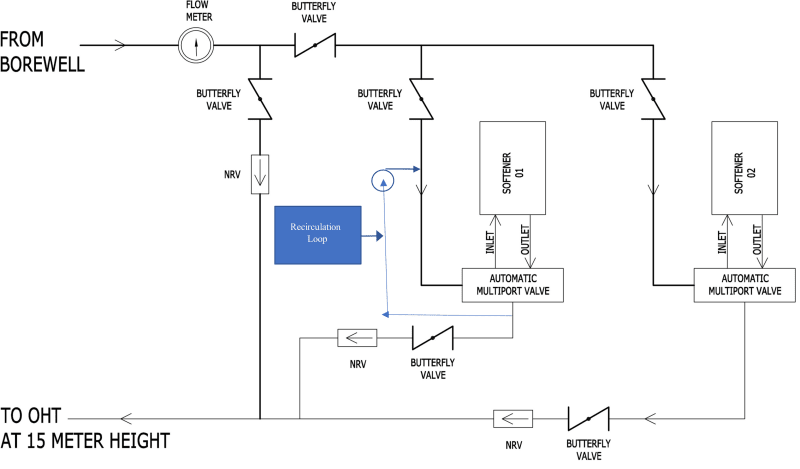vij36
Electrical
- Dec 27, 2018
- 134
Dear All,
We have installed a brand new water softener with two units each of 1000 liters resin capacity.
Our hardness of water is 250 ppm. So for a 50 ppm outlet hardness we expect the OBR need to be at least 2,00,000 liters for each unit.
After filling brine (150 kg each unit) and after a water flow of about 70,000 liters (each unit) hardness showed 6 ppm which is up to the mark. After flow of another 25,000 liters (total flow through softener is 70,000 + 25,000) the softener hardness is measured 180 ppm. For 95,000 liters flow itself the hardness is increased to 180 ppm from 6 ppm.
For 1000 liter resin tank when 900 liters actual capacity is considered the softener supposed to perform up to 2,00,000 liters of inflow.
Vendor says the water may not be passing through all over the resin tank area which may be one of the reason.
Could throw some light what may be the other reasons.
Thanks,
We have installed a brand new water softener with two units each of 1000 liters resin capacity.
Our hardness of water is 250 ppm. So for a 50 ppm outlet hardness we expect the OBR need to be at least 2,00,000 liters for each unit.
After filling brine (150 kg each unit) and after a water flow of about 70,000 liters (each unit) hardness showed 6 ppm which is up to the mark. After flow of another 25,000 liters (total flow through softener is 70,000 + 25,000) the softener hardness is measured 180 ppm. For 95,000 liters flow itself the hardness is increased to 180 ppm from 6 ppm.
For 1000 liter resin tank when 900 liters actual capacity is considered the softener supposed to perform up to 2,00,000 liters of inflow.
Vendor says the water may not be passing through all over the resin tank area which may be one of the reason.
Could throw some light what may be the other reasons.
Thanks,



